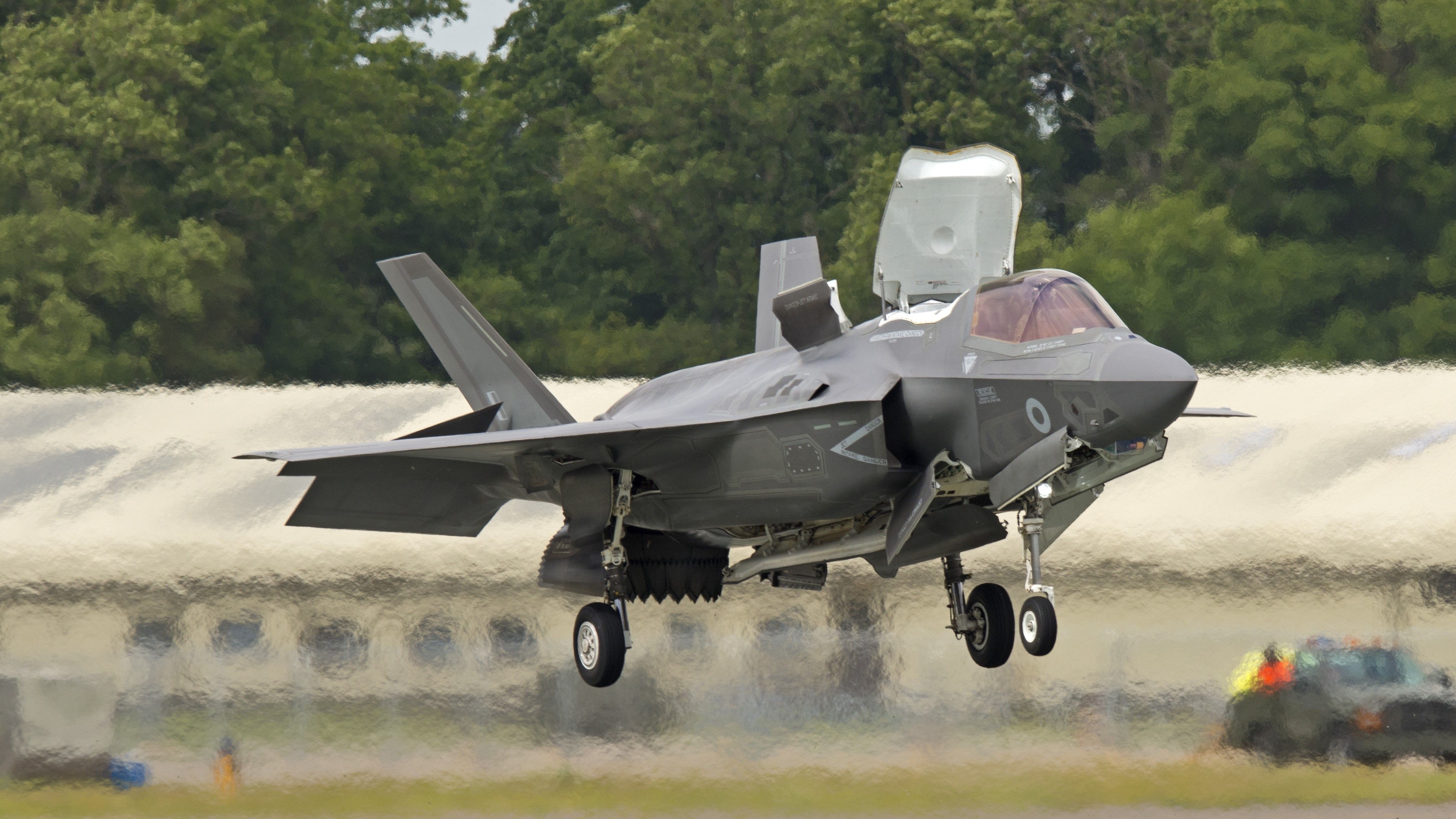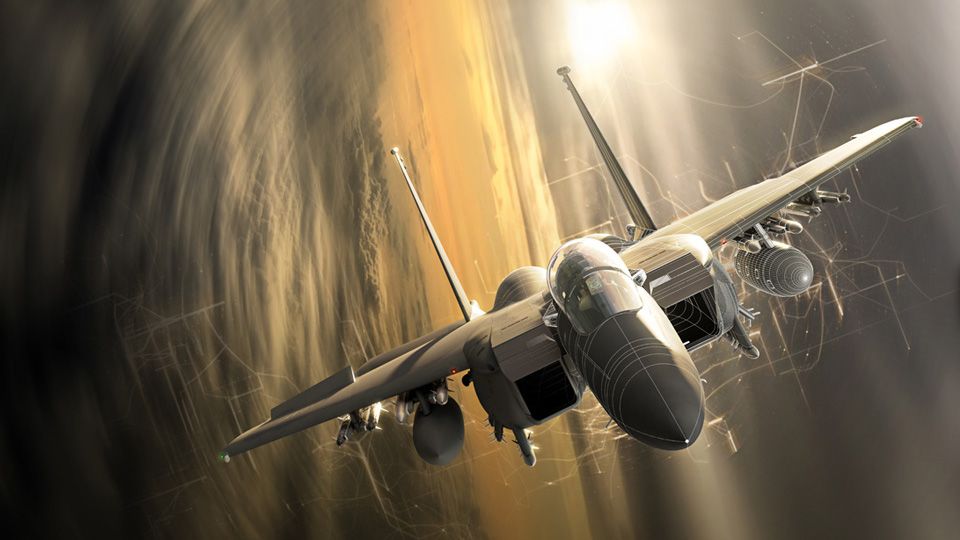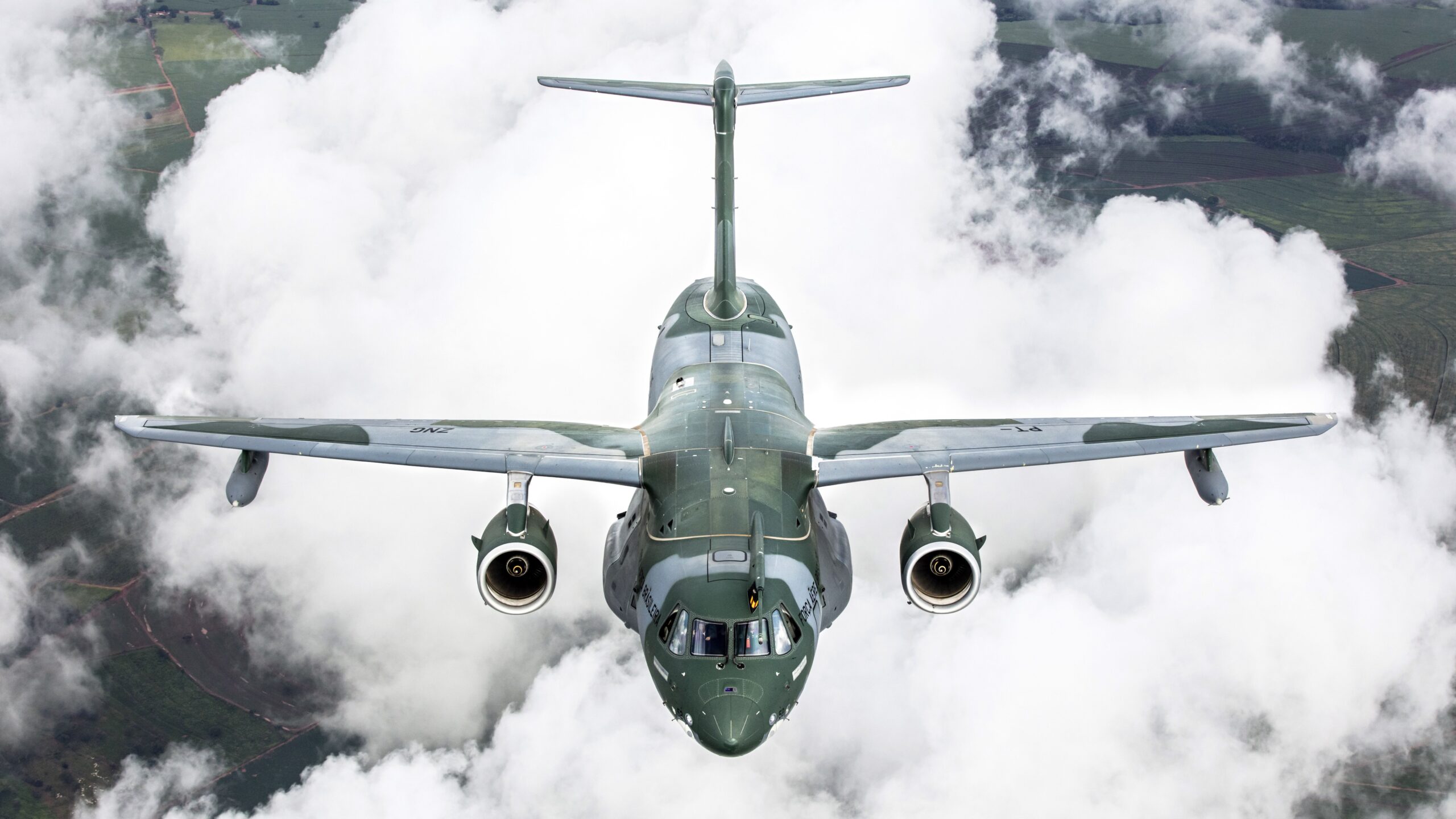Summary
- IOC and FOC are key milestones in military force acquisition, with FOC representing full operational capability.
- The Embraer C-390 Millennium, a medium-sized military transport aircraft, recently achieved FOC with the Brazilian Air Force.
- The C-390’s versatility and FOC attainment may attract more foreign military sales customers for Embraer.
Modern-day aviation being the technology-driven field that it is, articles and books on the topic tend to be filled with technical jargon and acronyms, especially (though certainly not only) on the military side of the proverbial fence, as any fan of the works of Tom Clancy (gone but not forgotten) can attest.
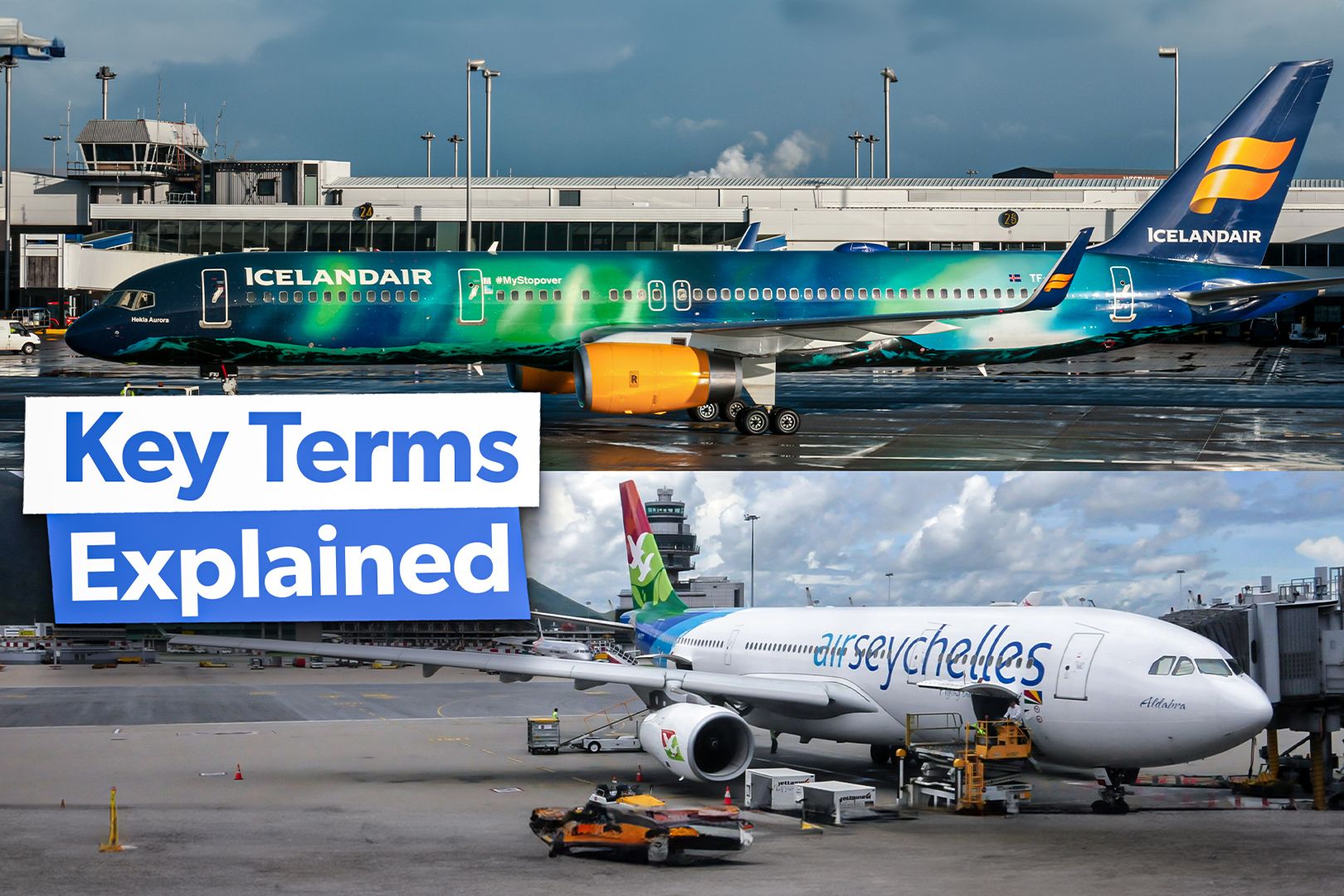
Related
Jet Jargon: Explaining Even More Aviation Terminology
Insights into industry terms and phraseology.
Among the technical terms that our readers may have seen tossed about here and there is “Full Operational Capability” (FOC) and its companion/prerequisite phrase, Initial Operational Capability (IOC). The meanings of these terms, on the surface, are at least partially self-explanatory, but is there more to it than that? Let’s take a deeper dive into the true meaning of these labels and why they’re so important (especially FOC).

Related
A Brief Guide To Often-Heard But Seldom-Known Aviation Jargon
Definitions to industry terms that might be unclear to an outsider.
Basic definitions
Handy-dandy definitions of both IOC and FOC come courtesy of Defense Acquisition University (DAU) and its Adaptive Acquisition Framework (AAF) Major Capability Acquisition (MCA) info page:
Initial Operational Capability
In general, attained when some units and/or organizations in the force structure scheduled to receive a system have received it and have the ability to employ and maintain it. The specifics for any particular system IOC are defined in that system’s Capability Development Document (CDD) and updated CDD.
To put it another way, FOC signifies the evolutionary final step in a military force’s acquisition and operational deployment process, a sort of maturation or “coming-of-age” if you will. Not to mention a tangible sign that the acquiring nation’s military are finally getting their money’s worth.
Real-world example: Embraer 390 attains FOC
To further drive home the point, let’s discuss a specific aircraft that recently attained FOC with the Brazilian Air Force (Força Aérea Brasileira [FAB]), the country’s homegrown Embraer C-390 Millennium. With a max takeoff weight of 191,800 lb (86,999 kg) and a carrying capacity of 57,000 lb (26,000 kg), the Millennium is not only the heaviest airplane built by Embraer (which is based in São José dos Campos), but indeed, per Clement Charpentreau of AeroTime Hub, “It is the biggest aircraft produced in Latin America.” More specifically, the C390 is a medium-sized, twin-engine, jet-powered military transport aircraft.


According to Monsieur Charpentreau, the Millennium achieved FOC with the FAB on April 3, 2023. To put that in historical perspective, the Brazilian government awarded the initial contract to Embraer on April 14, 2009; from there, the first of two prototypes made its maiden flight on February 3, 2015, with the first production phase airframe being delivered to the FAB on September 4, 2019, and the “Millennium” moniker (for the sake of providing something catchy for the global market) announced at the Dubai Airshow on November 18, 2019.
For further reading about Embraer aircraft, click here.
Charpentreau elaborates further:
“‘The C-390 is redefining the military airlift and refueling space, challenging the thinking behind current and future generation platforms,’ says Bosco da Costa Junior, President and CEO of Embraer Defense and Security. ‘Air forces around the world are focused on matching their ever-evolving operational needs with their budgets, seeking a platform that can perform multiple missions, recognizing that today’s choice will affect their operational capabilities tomorrow.’”
“During the event, Embraer also initiated the delivery of the sixth unit of the C-390 to the FAB, which is the first one in the FOC configuration.
The previous aircraft delivered to the FAB will undergo an update to obtain certification, and all the aircraft intended for export will also receive this certification. ”
The timing of the FOC certification works out swimmingly for the FAB, as the C-390 provides the Brazilian military with plenty of versatility, able to perform the following types of miss:
- Humanitarian support
- Medical evacuation (Medevac)
- Search & Rescue (SAR)
- Troop and cargo transport
- Aerial refueling (the first five aircraft that the FAB received were thusly configured, as the KC-390 variant
- Waterbombing
The FAB had originally ordered 22 C-390s, but then attempted to pare down the order to 15 airframes; after negotiations, the FAB and Embraer agreed to a compromise, whereupon the manufacturer will produce 19 Millenniums (in addition to a backlog of five aircraft for the Portuguese Air Force [Força Aérea Portuguesa), two for the Hungarian Air Force [Magyar Légierő], and five for the Royal Netherland Air Force [RNLAF; Koninklijke Luchtmacht (KLu)]).
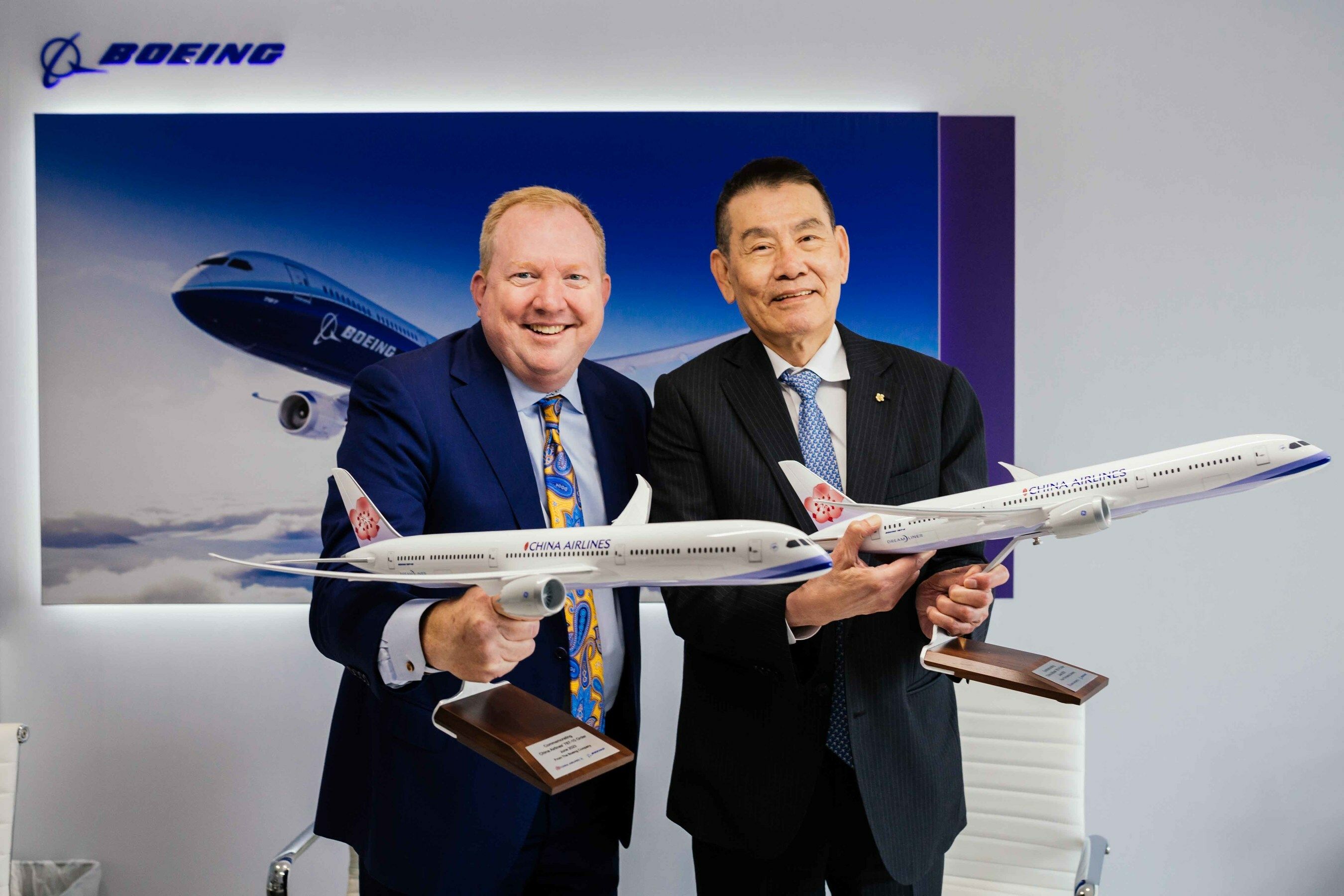
Related
Aircraft Order Jargon: Everything You Need To Know
What’s the difference between an LOI, an MoU, a firm order, and an option?
Other future customers of the C-390 are the Austrian Air Force (Österreichische Luftstreitkräfte), Czech Air Force (Vzdušné síly), and the Republic of Korea Air Force (ROKAF; 대한민국 공군; Daehanminguk Gong-gun). The timing of the plane’s FOC announcement will almost certainly attract additional potential foreign military sales (FMS) customers for Embraer.
Other FOC examples
For the basis of comparison and contrast with the C-390’s FOC timeline, let’s look at the FOC timeframes for two famous American warbirds that are still serving the US Armed Forces.
- McDonnell Douglas (now Boeing) F-15 Eagle: maiden flight on July 27, 1972; first delivered to the US Air Force on November 13, 1974; IOC achieved in September 1975, FOC attained circa January 1976
- Lockheed Martin F-35 Lightning II: maiden flight on December 15, 2006; first delivered to the USAF in July 2011; IOC achieved in July 2015 (US Marine Corps), August 2016 (USAF), and February 2019 (US Navy); FOC attained on March 12, 2024.
